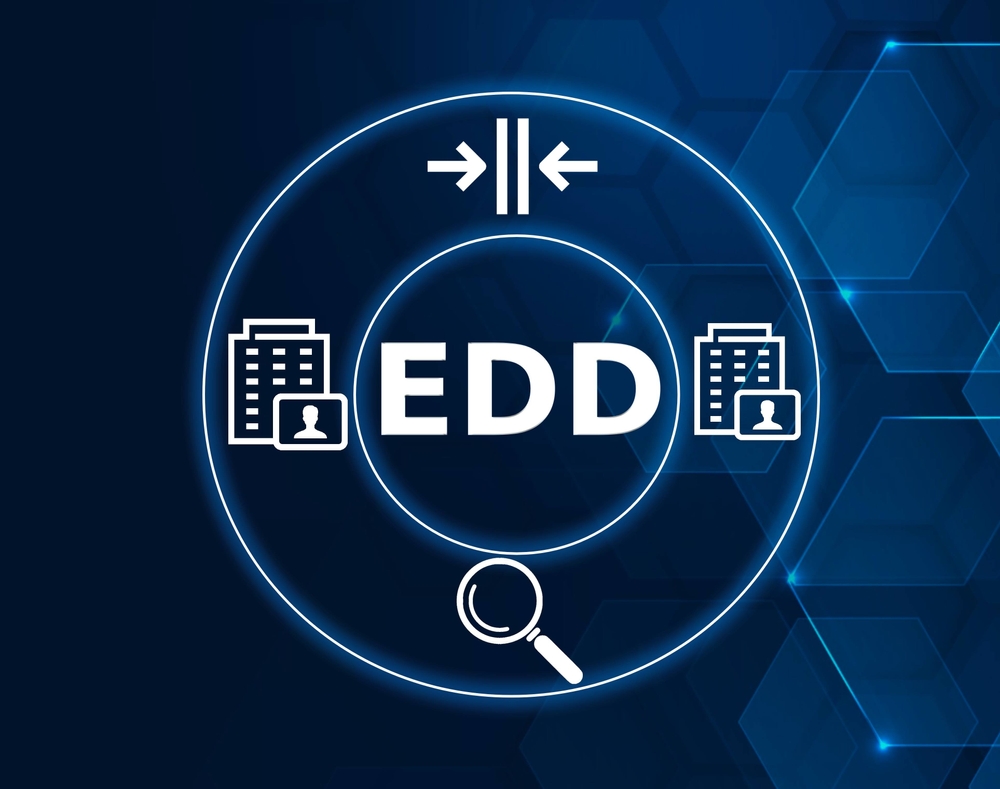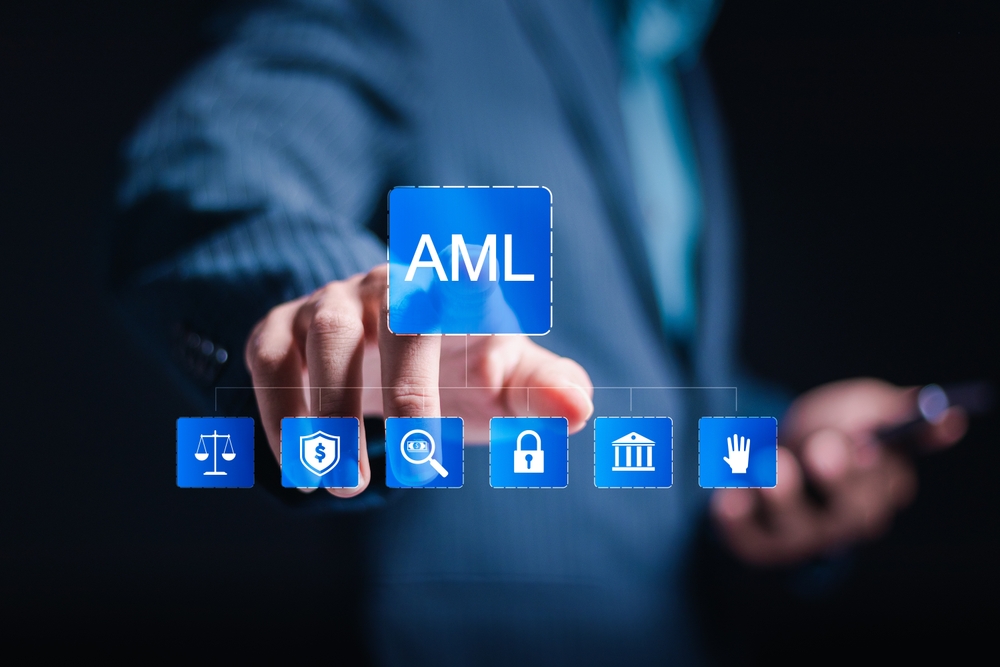Traditional KYC processes are essential for regulatory compliance and risk management, yet they have notable drawbacks. Manual document verification is a slow and labor-intensive process, which delays customer onboarding. These methods also entail significant operational costs due to the need for physical document handling, storage, and extensive manpower.
Mostly the lack of comprehensive databases can make accurate customer information verification challenging, increasing the risk of fraud. Ensuring unique customer identification is another struggle for traditional KYC methods, potentially resulting in duplicate records and identity theft. Overall, these manual processes contribute to longer onboarding times and higher costs.
In contrast, video KYC offers numerous advantages. It enables fast and convenient verification without the need for physical visits, and also enhances customer experience. By reducing paperwork and verification time, video KYC significantly reduces onboarding time. This method is also cost-effective, eliminating the need for physical document handling and reducing manual labor.
Our video KYC ensures higher security by mitigating the risk of forgery and fraud through real-time verification. Additionally, video KYC promotes financial inclusion by facilitating remote verification, making banking services more accessible. Finally, it helps financial institutions comply with regulatory requirements through a transparent and secure identity verification process.
VKYC solution provides the technical means for remote verification, while Video KYC provides the regulatory framework to ensure these processes are secure, compliant, and efficient. Together, they enhance the convenience and security of customer onboarding in the financial sector.
RBI Compliance for Video KYC: A Detailed Overview
VKYC Infrastructure
Cybersecurity and Infrastructure
- Financial institutions must adhere to RBI’s baseline cybersecurity and resilience guidelines.
- Technology infrastructure should be housed within the institution’s premises.
- Video KYC interactions must originate from the institution’s secured network.
- Outsourcing technology processes must comply with RBI guidelines.
- For cloud deployment, data ownership remains with the institution, and all data, including video recordings, must be transferred to the institution’s servers immediately post VKYC.
Data Encryption
- End-to-end encryption between the customer’s device and the Video KYC application is mandatory.
- Customer consent should be recorded in an auditable, tamper-proof manner.
Geolocation and Video Quality
- The infrastructure should prevent connections from IP addresses outside India or spoofed IP addresses.
- Video recordings must include live GPS coordinates (geotagging) and date-time stamps.
- Video quality should be sufficient to ensure clear customer identification.
Facial Recognition and AI Integration
- Incorporate face liveness/spoof detection and high-accuracy face matching technology.
- The responsibility of customer identification lies with the institution, despite AI assistance.
Regular Updates and Reporting
- Regular upgrades to the technology infrastructure based on detected or attempted identity fraud.
- Any detected fraud through VKYC must be reported as a cyber event under current regulatory guidelines.
Security Testing
- The V-CIP infrastructure must undergo vulnerability assessments, penetration testing, and security audits.
- Tests should be conducted by CERT-In empaneled auditors, and critical gaps must be mitigated before implementation.
- Periodic testing is required as per internal and regulatory guidelines.
Application Testing
- Functional, performance, and maintenance testing of V-CIP software and APIs/web services is necessary.
- Rollout occurs only after addressing critical gaps, with periodic re-testing as required by guidelines.
Video KYC Procedure
Workflow and Training
- Institutions must establish a clear workflow and standard operating procedures for V-CIP.
- Only specially trained officials should operate the Video KYC process, capable of performing liveness checks and detecting fraudulent behavior.
Video Call Management
- Disruptions should not create multiple video files; a fresh session is required only in case of disconnection.
- Questions during the interaction should vary to ensure real-time engagement.
- Any observed prompting by the customer results in process rejection.
Customer Verification
- Factor in whether the V-CIP customer is new, existing, or previously rejected, or if the name appears on a negative list.
- Capture and record audio-video, photograph the customer, and obtain identification via:
- OTP-based Aadhaar e-KYC
- Offline Aadhaar verification
- CKYCR KYC records
- Equivalent e-documents, ensuring Aadhaar numbers are redacted.
Address Verification and PAN Handling
- Capture the current address if it differs from the OVD and confirm the customer’s economic and financial profile.
- Obtain a clear image of the PAN card or verify e-PAN details with the issuing authority.
- Printed copies of equivalent e-documents, including e-PAN, are invalid for V-CIP.
Assisted Video KYC
- Business Correspondents (BCs) can assist at the customer end, but banks retain due diligence responsibility.
- Accounts opened via V-CIP require concurrent audit for process integrity and outcome acceptability.
- Compliance with other statutes, such as the IT Act, is mandatory.
V-CIP Records and Data Management
Data Storage
- Store all V-CIP data and recordings within systems located in India.
- Ensure secure storage with date and time stamps for easy historical data search.
- Adhere to record management instructions as stipulated in the RBI guidelines.
Activity Logs
Preserve activity logs along with the credentials of the official performing the V-CIP.
Conclusion
In summary, Video KYC marks a notable progression in identity verification, providing multiple advantages over conventional approaches. It streamlines the verification process, bolsters security, and elevates the customer experience. With the evolving regulations and the rising demand for remote verification, Video KYC is set to become a crucial asset for financial institutions and other sectors that emphasize secure and efficient customer onboarding. By integrating Video KYC, businesses can comply with regulatory standards and achieve a competitive advantage in a progressively digital environment.
Pixl’s Video KYC solution for Banks and nbfcs is both advanced and user-friendly. So, it’s ideal for any company. Pixel helps companies provide their customers with a fast, safe, and excellent onboarding process. Choose Pixl’s video KYC solution and simplify your verification process today.



